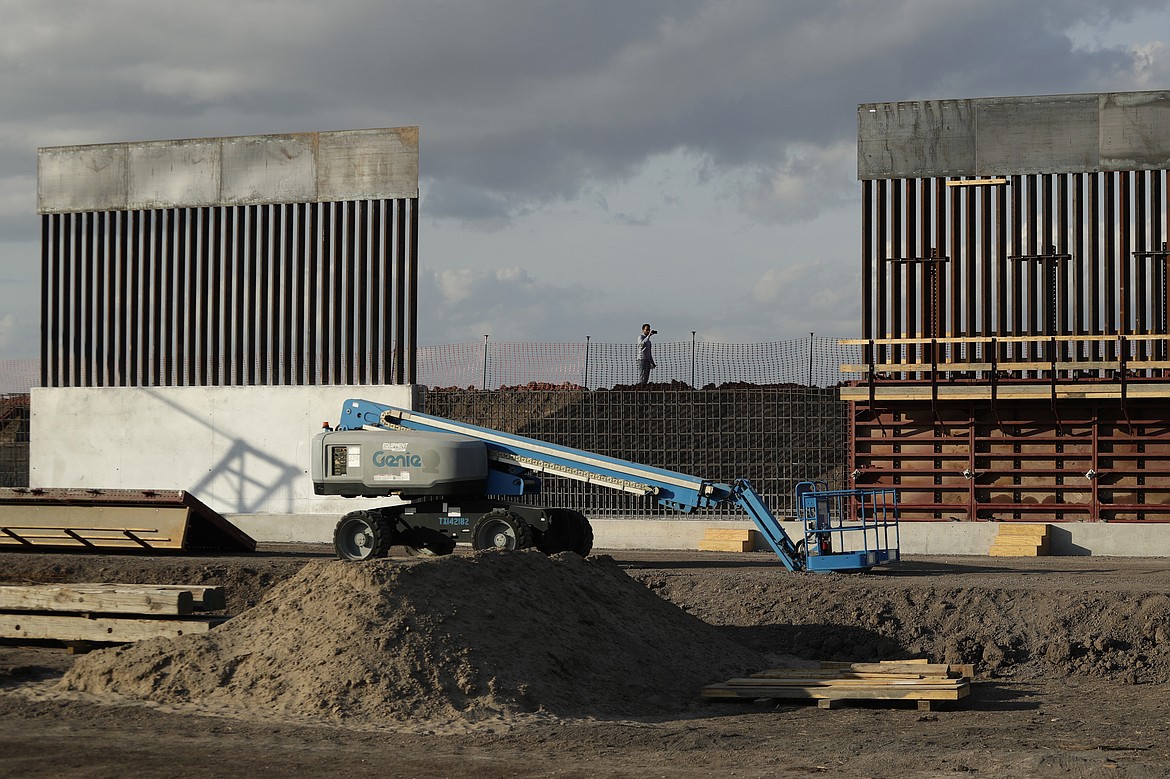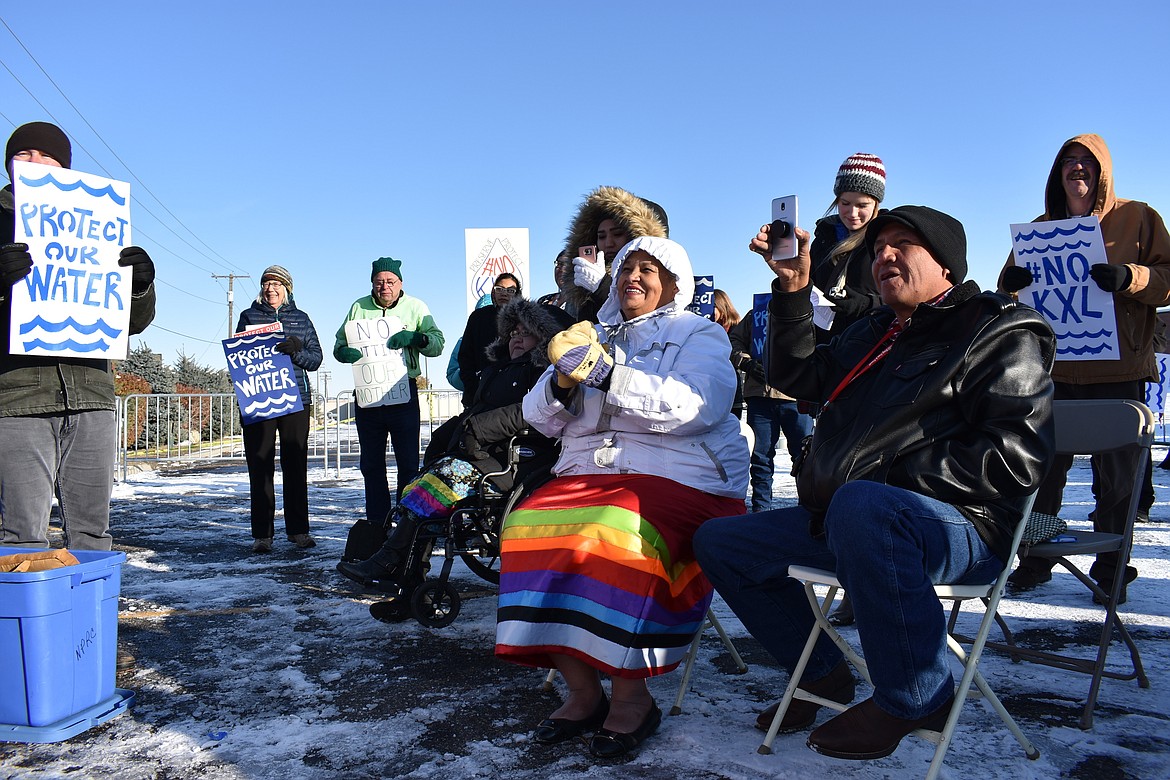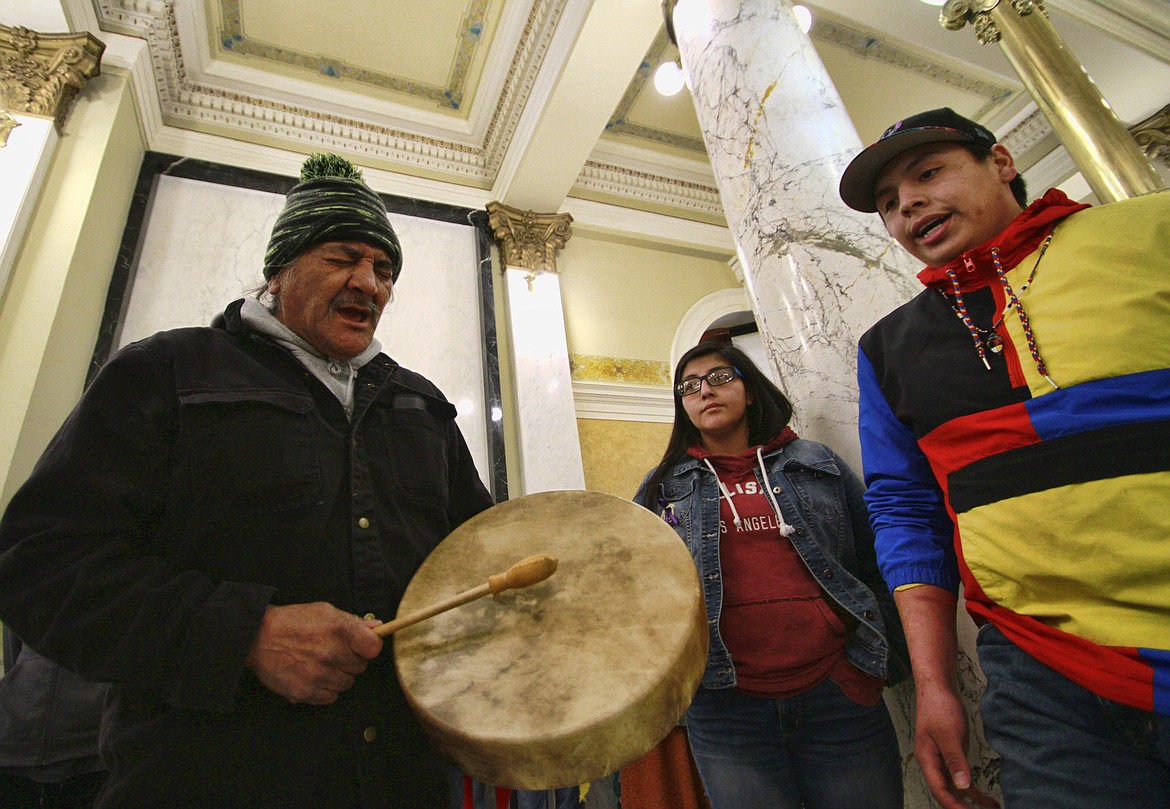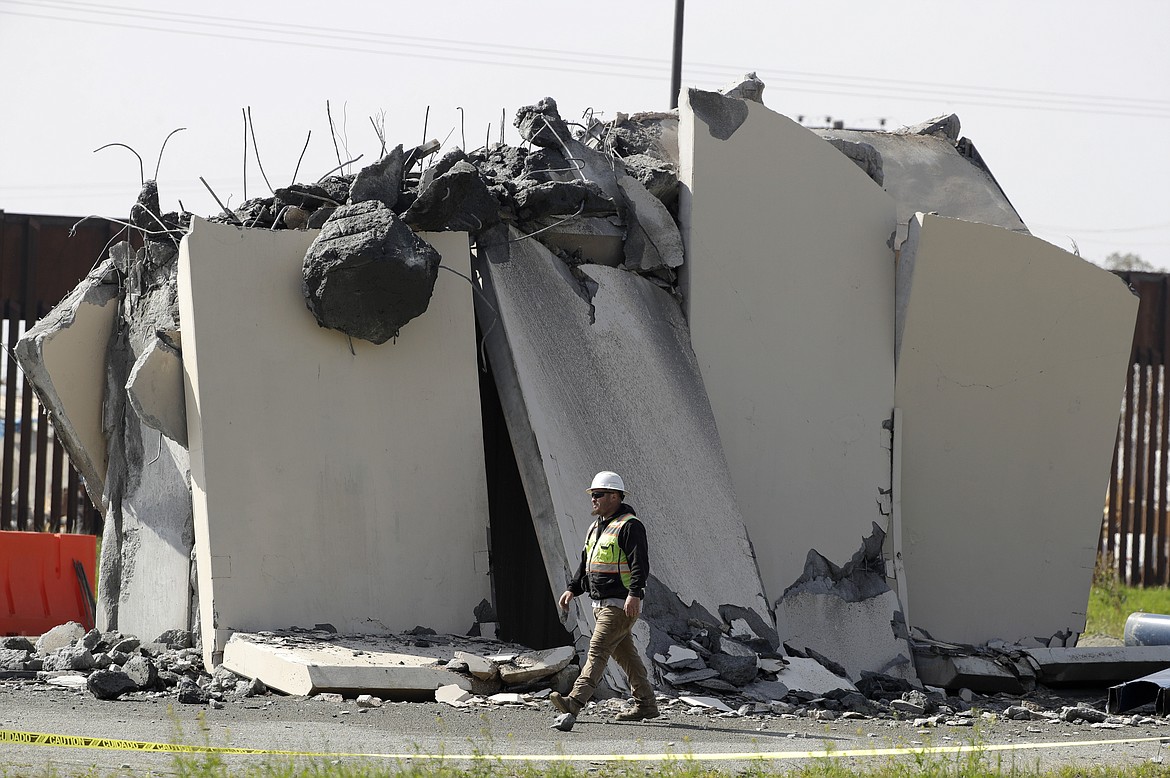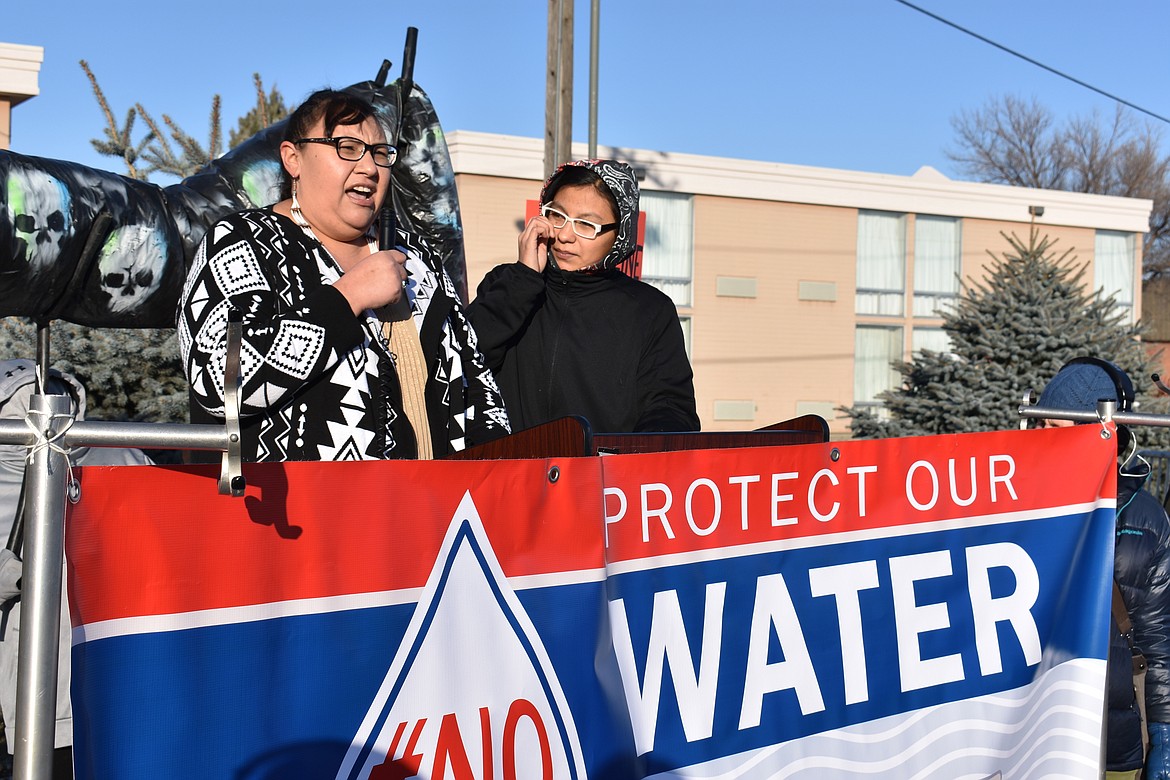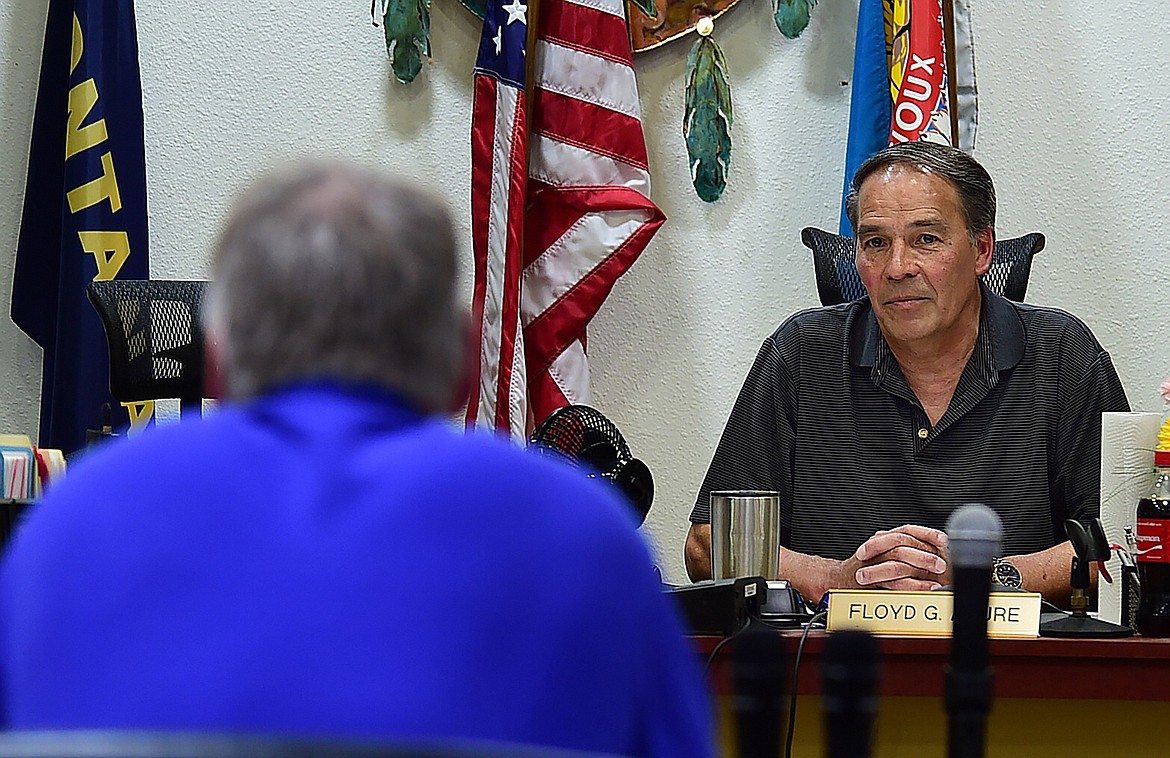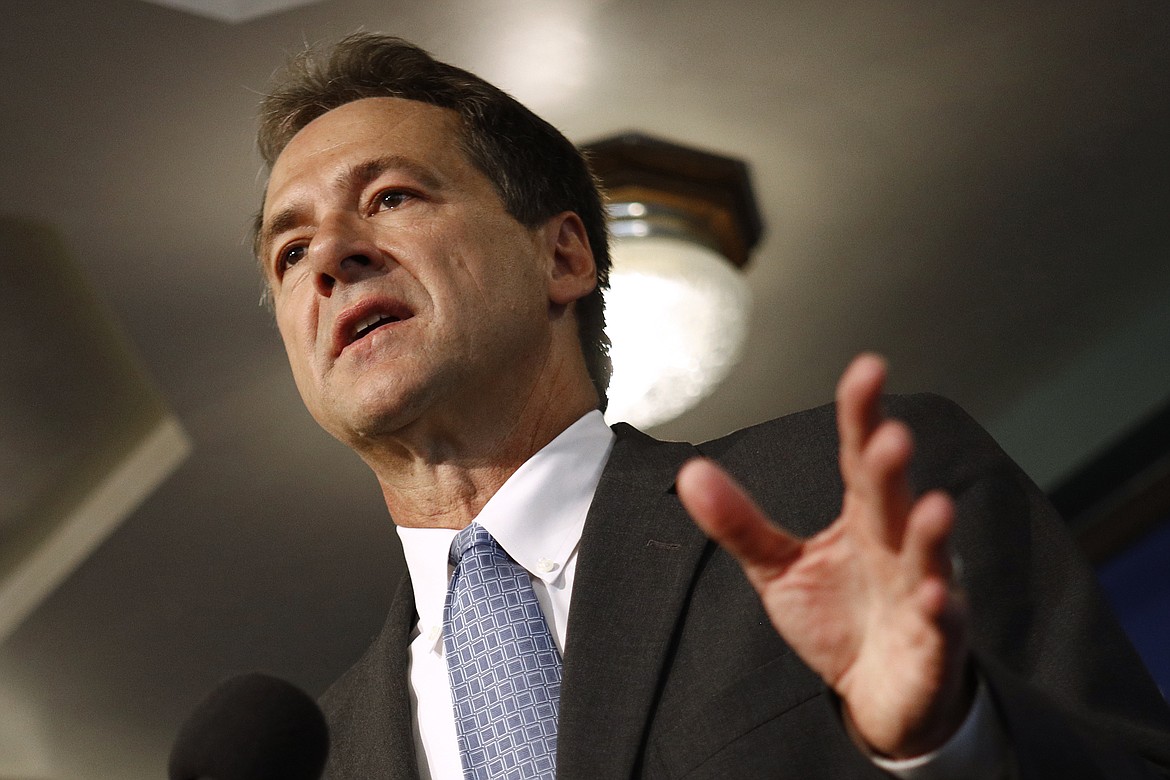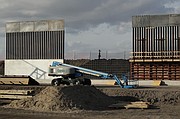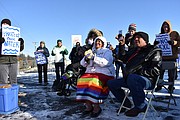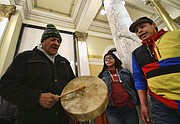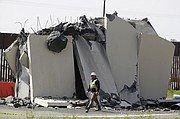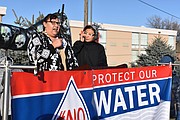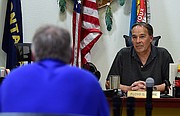Border wall, pipeline projects spur rural coronavirus fears
Matthew Brown | Hagadone News Network | UPDATED 5 years, 9 months AGO
BILLINGS (AP) — Major construction projects moving forward along the U.S. borders with Canada and Mexico are raising fears that the coronavirus could race through temporary camps and workers could spread it to nearby rural communities that would not be able to handle an outbreak.
Despite a clampdown on people’s movements in much of the country, groups of workers travel every day from camps in New Mexico to build President Donald Trump’s border wall.
Along the northern border, a Canadian company says it will start work this month on the disputed Keystone XL oil pipeline, which could bring thousands of workers to rural communities in Montana, South Dakota and Nebraska.
Residents, tribal leaders and state officials have warned that the influx of outsiders could make problems worse in rural areas with little or no medical infrastructure capable of dealing with a surge of infections. Both the border wall and pipeline are exempt from stay-at-home restrictions intended to reduce the spread of the virus.
Faith Spotted Eagle, an environmental activist and member of the Yankton Sioux Tribe in South Dakota, said she’s reminded of her grandmother’s stories about the tribe’s struggles to survive small pox and the Spanish flu.
“It’s the 1800s again, the cavalry is coming in and they’re going to set up their fort, whether it’s justified or not,” she said.
Cities have borne the brunt of the virus so far in the U.S., but rural areas are expected to be hit as well.
That’s a fear in tiny Columbus, New Mexico, where residents worry about the influx of border wall workers who often gather outside the town’s few restaurants while the rest of the community has been ordered to stay at home and keep their distance from others.
In the town of less than 1,500 people, about 30 construction workers are setting up camp in tightly packed trailers, residents say. Others are staying at two small hotels while they put up bollard-style fencing along the scrub desert — a small piece of about 200 miles (320 kilometers) of barriers being built along the U.S.-Mexico border.
“My bottom line is nothing is worth thousands or hundreds or tens of people getting COVID,” said resident July McClure, who manages a local RV park and volunteers with the fire department.
About 100 miles to the west, Diana Hadley said construction has been “going on like mad” along the Arizona section of the border. Hadley, whose family owns a border cattle ranch, says workers carpool daily to the barrier and stay together in hotels, which she fears makes transmissions among them and to the community more likely.
“It would be safer if they just shut down the work — safer for them and for everyone else,” she said.
The U.S. Army Corps of Engineers, which oversees the contractors working on the southern border, said it follows guidelines from the Centers for Disease Control and Prevention but declined to share specifics on how it’s protecting public health during construction.
Just south of the Canadian border, workers have begun arriving in the small Montana town of Glasgow to work on the 1,200-mile Keystone pipeline this month, according to local officials and the governor’s office. Keystone would tie into another pipeline at the Nebraska-Kansas line that would carry crude oil south to the Gulf of Mexico for refining or export.
First proposed in 2008, the pipeline was stalled for years by legal challenges and rejected twice under President Barack Obama. Trump revived it by personally approving the line’s border crossing permit, and Alberta Premier Jason Kenney said Tuesday that the provincial government was investing more than $1 billion to get work going quickly.
Calgary-based TC Energy, the project’s sponsor, said it’s collaborating with health officials in northern Montana to minimize risks, including checking everyone entering work sites for fever and ensuring workers follow social distancing guidelines. The company says more than 10,000 construction jobs would be created by the $8 billion project, with about 100 workers initially at the border crossing.
“We’re very cognizant of what’s going on,” spokesman Terry Cunha said. “We’re talking about thousands of jobs. ... We want to make sure what they do will ensure the safety of everybody.”
The company had planned to build 11 camps for workers along the pipeline’s route — six in Montana, four in South Dakota and one in Nebraska, according a U.S. State Department review of the project. Those plans were being reviewed in light of the pandemic, but they will still be required eventually, Cunha said Wednesday.
The camps would be built on open land and house up to 1,000 people, according to the State Department review.
Some local officials aren’t concerned about the influx of workers coinciding with the spread of the virus. In the cattle and wheat country of Montana’s remote Phillips County, nearly the size of Connecticut but with less than 5,000 people, county commissioner Richard Dunbar predicted the camps will not be built until the health threat has eased.
He said he thinks college students who left school early and returned home pose a greater threat to their elderly relatives than the construction workers.
Several tribes whose land is skirted by the proposed pipeline route in South Dakota and Montana have enacted stricter coronavirus measures than the states. Many tribal members worry what a widespread outbreak would do to a population already at risk for diabetes and high blood pressure.
Spotted Eagle said she did not believe any promised safety measures, such as quarantining workers or regular screenings, would be enough to keep communities safe. Many health clinics have just a few beds and even fewer ventilators.
Floyd Azure, chairman of the Assiniboine and Sioux tribes on Montana’s Fort Peck Reservation, said an influx of pipeline workers to northeastern Montana could accelerate the spread of the virus that has so far spared the reservation. He worries about a repeat of the problems that accompanied an oil boom in the region last decade — from drugs to sex trafficking — now exacerbated by the virus.
The pipeline would run just outside the reservation’s boundaries. Azure said he had no authority to stop the work and has been unable to convince state officials or federal lawmakers to intervene.
“We have enough problems on this reservation without someone creating more for us,” he said.
ARTICLES BY MATTHEW BROWN
Oil boom remakes N. Dakota county with fastest growth in US
WATFORD CITY, N.D. (AP) — First came the roughnecks and other oil field workers, almost all men.
Oil boom remakes N. Dakota county with fastest growth in US
WATFORD CITY, N.D. (AP) — First came the roughnecks and other oil field workers, almost all men.
Oil boom remakes N. Dakota county with fastest growth in US
WATFORD CITY, N.D. (AP) — First came the roughnecks and other oil field workers, almost all men.


